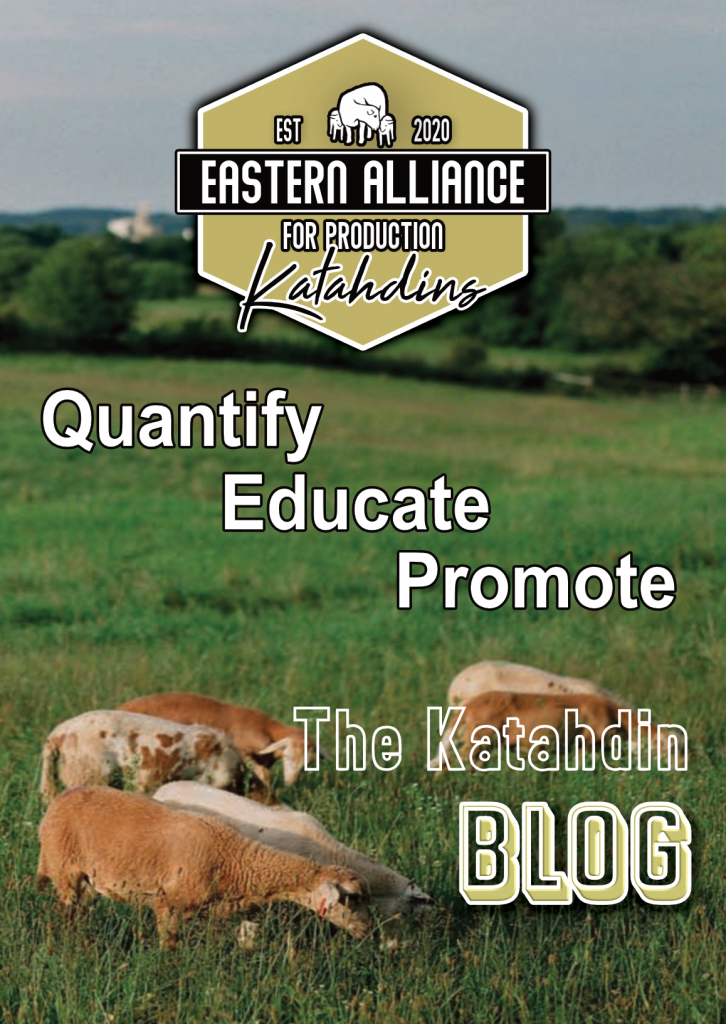Grazing Native Warm-Season Grasses: SARE Grant Update
In my career with USDA-NRCS I’ve been fortunate to see a lot of different production methods involving a variety of livestock operations across North Carolina. Beginning in 2016, I began working with more producers that had established or wanted to establish native warm-season grasses (NWSGs) in their pasture operations. Those


